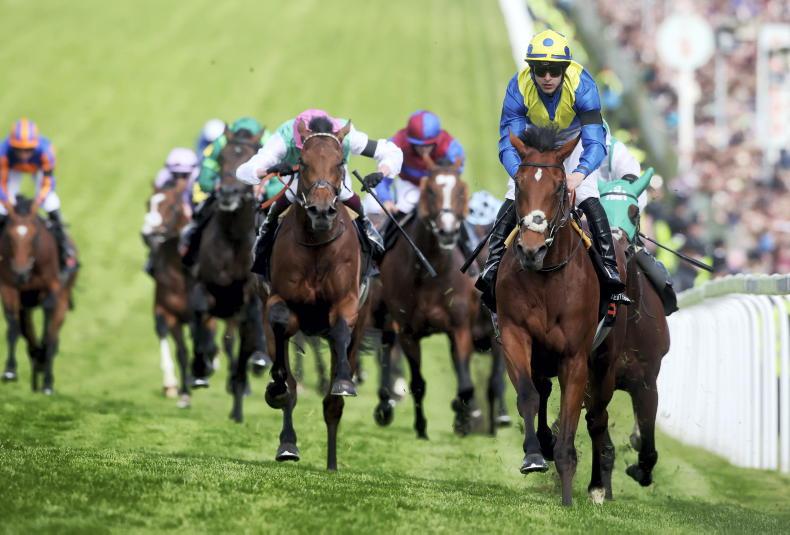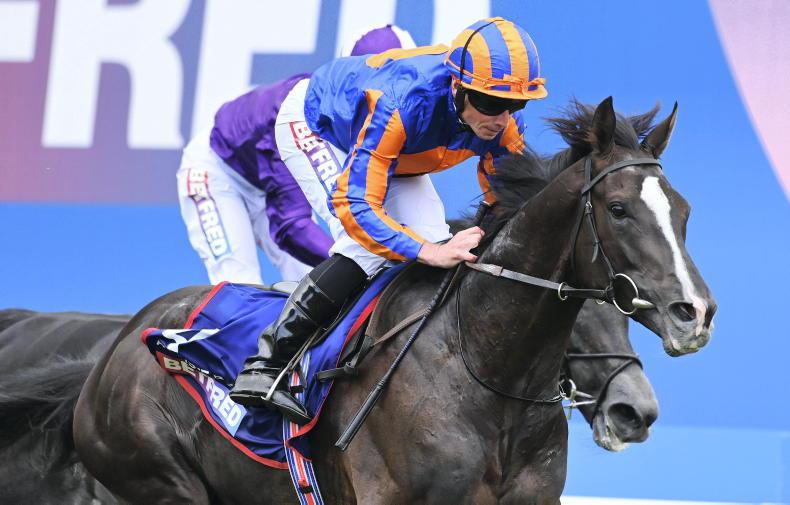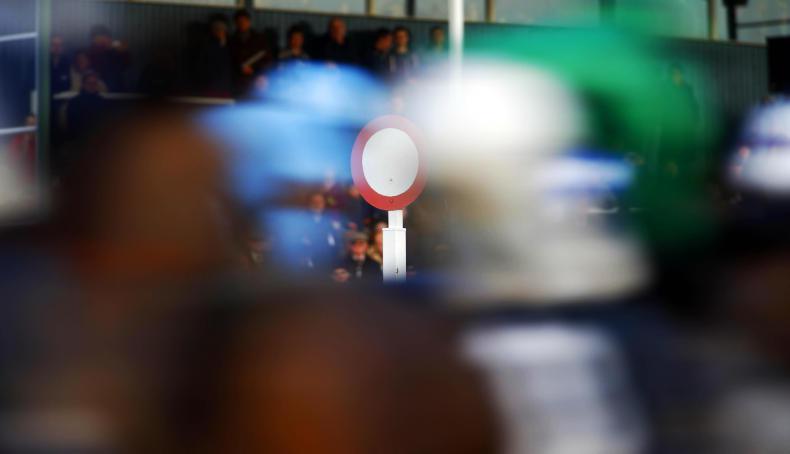PICKING up the Racing Post Annual before Christmas, the eye wandered over the cover images – Baaeed, Alpinista, A Plus Tard, Honeysuckle, all immediately recognisable. But who is the horse in the Saeed Suhail colours? I’d forgotten.
It might be mea cupla in being slow to remember that Desert Crown held the early season attention and won the Derby but it did set off a bit of musing. I might not be the only one who had the same lapse in remembering or being excited by the premier classic winner.
This should not be the case though? The Derby winner, despite being unbeaten and trained by a famous name in the sport, is much less recognisable than two National Hunt stars and the Arc-winning mare.
Now perhaps, with just two races under his belt and absence since June adds to his lack of any degree of aura.
But is it another nail in the Derby’s diminishing appeal to both prospective owners and the wider public.
There have been calls that it would be better returned to a mid-week slot to increase media and public interest.
Fighting in its corner, Coolmore has always held the Derby above other Group 1s. John Magnier, speaking before he was honoured at the Sir Peter O’Sullevan dinner this November, said of its appeal: “A horse has to have everything to win at Epsom. He has to have speed. He has to have stamina. He has to have soundness. He has to have courage. He has to go through the razzamatazz of the day. It’s the complete test of the horse.”
Relevant
That is all very true, but is it still relevant in breeding circles? If we are taking about a breed-shaping race, a glance through recent winners and a where are they now isn’t a great recommendation.
Of recent Derby-winning owners, the Smith/Tabor/Magnier combination have won seven of the last 15 with Godolphin/Sheikh Mohammed winning three. Owner/breeders the Aga Khan, Khalid Abdullah and Anthony Oppenheimer account for another three.
But if the classic is a stepping stone towards breeding the next generation of top horses, a look at where those winners are now does not bring enthusiasm. Anthony Van Dyck has sadly died and Serpentine has been gelded. New Approach, Sea The Stars, Camelot and Australia are successful sires. But of the winners in an eight-year period from 2010 to 2017, six are found at stud thus:
It’s perhaps interesting the one race that was in serious decline in interest was the Gold Cup at Royal Ascot. But through Coolmore and Yeats’ four-timer it grew to be fashionable again and is now one of the better races at the Royal meeting, holding centre stage again. And after Stradivarius’ three wins and five attempts, we have another high-class stayer to maintain interest from that stable in Kyprios.
Interestingly Stradivarius is pitched at £10,000 for his first season at stud.
Last year, Adayar going on to win the King George impressively, added kudos to the Derby but it was the milers and the Arc that were the talked-about races. And Baaeed, and before him Frankel and Dubawi, never went the Derby distance.
Coolmore’s three-year-old middle-distance colts have not been stars in the last few seasons and Galileo’s sons are coming to an end.
A recent Aushorse press release noted that “Australia will host a race worth a million dollars or more every four days in 2023, and prize money across the country has soared 92% in the past decade.” That is a huge attraction in the desire to own a racehorse. And it surely makes for a wider spread of ownership if more breeders are breeding to the racing demands.
Desert Crown has a blank stage to return to next season, with the two big British stars in Baaeed and Alpinista retired. He has the Derby winner’s flag and much may depend on how high he can fly with it.


 This is a subscriber-only article
This is a subscriber-only article
 It looks like you're browsing in private mode
It looks like you're browsing in private mode









SHARING OPTIONS: